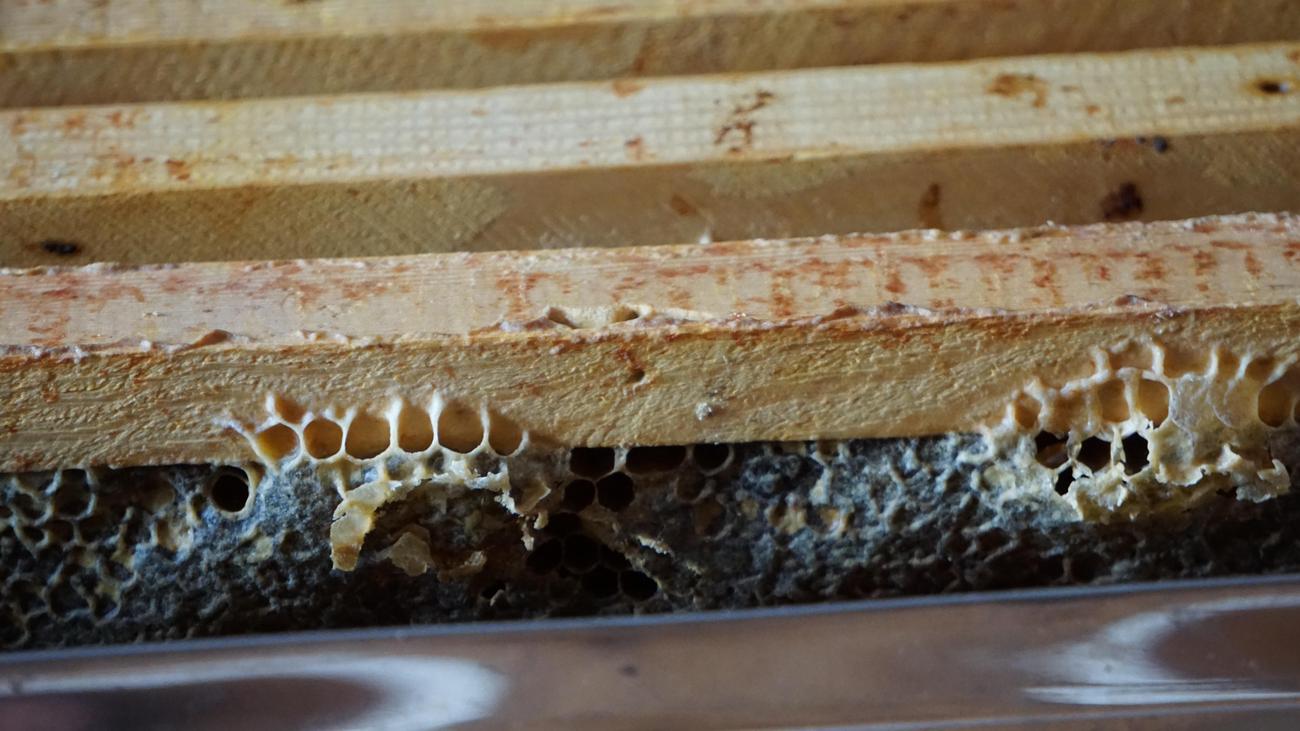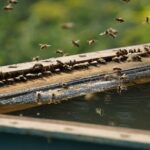Termites, those tiny yet mighty architects of nature, have long intrigued scientists and homeowners alike with their astonishing behaviors. As a seasoned entomologist with a deep understanding of these remarkable creatures, I’ve spent years delving into their secretive world to uncover surprising patterns and debunk common misconceptions. In this article, we will embark on a thrilling journey, exploring the hidden aspects of termite behavior that will both amaze and astonish you. Get ready to dive into the fascinating insight into the surprising behaviors of termites and discover a world you never knew existed.

Surprising Behaviors of Termites
Termites, those tiny architects of nature, never cease to astonish with their intricate lifestyles and unexpected behaviors. As an entomologist dedicated to unraveling their mysteries, I have discovered a multitude of surprising facts about these remarkable creatures. Join me on this journey as we delve into the fascinating world of termite behavior.
Termites: Nature’s Detritivores
Did you know that termites play a crucial role in recycling plant waste? These detritivores possess a remarkable ability to efficiently digest cellulose found in various materials like wood, paper, and even carpet. Their knack for decomposition truly makes them nature’s unsung heroes.
Divided Labor, United Strength
Within termite colonies, a complex division of labor based on species is observed. Each member has a specific role to fulfill, contributing to the overall organization and success of the colony. This specialization is essential for understanding treatment options as different species require distinct approaches.
Communication by Chemical Code
Communication lies at the heart of termite societies. These ingenious insects employ chemical means, such as pheromones, to convey messages and coordinate behaviors within their colonies. However, have you ever wondered about the fascinating intricacies of termite communication? Let’s explore this captivating phenomenon.
Termite Societies: The Power of Cooperation
Like ants and bees, termites live in highly organized societies. Their intricate social system exhibits cooperative behavior seldom seen in the insect world. Termite fathers even assist in raising their young, displaying a level of care that challenges traditional insect stereotypes. It’s a testament to the extraordinary complexity of termite societies.
Surprising Personalities and Communication
Did you know that termites have identifiable “personalities”? These fascinating creatures exhibit distinct individual behaviors within their colonies, contributing to the overall functioning of the termite society. But how do they communicate and coordinate their activities with such precision? Let’s explore the intricacies of termite communication and behavior.
Unveiling the Architectural Wonders
While most termite species reside in underground nests, some defy expectations by constructing elaborate mounds or mud tubes. These architectural marvels demonstrate the ingenuity and adaptability of these tiny creatures. Join me as we uncover the surprising structural wonders built by certain termite species.
Termites in the Wild: Observing and Studying their Behavior
To truly understand the world of termites, we must venture into their natural habitat and observe their behaviors firsthand. Through careful fieldwork and meticulous study, we can uncover captivating insights into their social dynamics, foraging patterns, and communication methods. The wonders of termite behavior await us in the wild.
Pros and Cons of Termite Behavior
It is vital to acknowledge both the positive and negative aspects of termite behavior. On one hand, termites contribute to soil health as efficient decomposers, aiding in the natural cycle of nutrient recycling. On the other hand, if left untreated, termites can cause extensive damage to structures, resulting in significant financial burdens for homeowners. Balancing the pros and cons helps us in understanding the importance of termite prevention and treatment.
In Conclusion
Termites, with their surprising behaviors and complex societies, continue to fascinate scientists and homeowners alike. The more we uncover about these tiny architects of nature, the more we appreciate the remarkable world they inhabit. From their division of labor to their astonishing communication methods, termites remind us of the intricate wonders that exist right beneath our feet.
So the next time you encounter termites or ponder their peculiar behaviors, remember the thriving societies beneath the surface. These captivating creatures demonstrate the power of teamwork, the marvels of communication, and the astonishing diversity of life on our planet. Let us continue to embrace the wonder of termites and their surprising behaviors.
Have you ever wondered about the importance of termites? Well, we’ve compiled a list of 9 key reasons why these tiny creatures play a crucial role in our ecosystem. From their ability to break down dead plant matter and enrich the soil to their impact on carbon sequestration, termites truly are nature’s unsung heroes. So, if you’re curious to learn more about these fascinating insects, click here to explore the list of 9 important termite facts. Don’t miss out on this opportunity to gain a deeper understanding of the world around us.

FAQ
Question 1: What do termites eat?
Answer 1: Termites are detritivores that primarily feed on dead plants, including wood, wood paneling, paper, cardboard, paint canvas, carpet, and other cellulose-rich materials.
Question 2: How do termites communicate?
Answer 2: Termites communicate through chemical means, using pheromones to convey messages to other members of their colony. This chemical communication influences their behavior and division of labor within the colony.
Question 3: Can termites harm humans?
Answer 3: While termites cannot physically harm humans, they can cause extensive damage to structures if left untreated. It is important to promptly address any termite infestations to prevent property damage.
Question 4: What are some surprising behaviors of termites?
Answer 4: Termites exhibit a range of fascinating behaviors, such as cooperative raising of young by termite fathers, feeding on each other’s feces for nutrients, and constructing elaborate mounds or mud tubes as their nests.
Question 5: How long have termites been around?
Answer 5: Termites have been present on Earth for approximately 130 million years and are believed to have evolved from cockroach-like ancestors. Their long history showcases their resilience and adaptability as a social insect species.
“`json
“`












